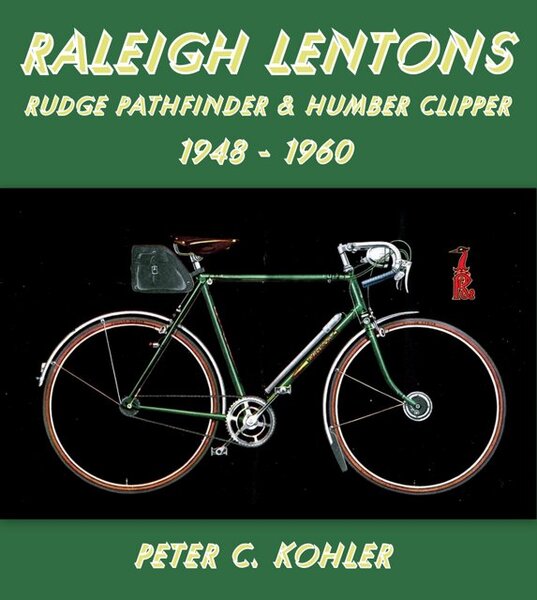Re:
Many thanks, Keith for the additional details on Reg Harris' Lenton. These "Picture Post" photos are the only reasonably detailed ones I've found and whilst I did point out the replacement brakeset, I will update with the other amendments.
I do appreciate the utter disdain these Raleighs are held by so many among the British cycling community then and now. Indeed, I suspect that Raleigh are held in more esteem abroad and certainly in America. I have always valued and loved my own Raleighs, including my first "real" bicycle, a used 1962 Reg Harris Carmine Red "Sports". But I don't think my personal affection for the marque has clouded my historical perspective. Reg Harris was indeed under contract with Raleigh and this included the indignity of riding a Lenton Sports, made worse by the fact his original road training machine was a lovely 1948 RRA but those, too, are often sneered at.
One of the interesting aspects of all this is that when Reg actually started his own cycle company, the machines he designed and built were distinctly "middle of the road" as well... better than a Lenton Sports but hardly the stuff to satisfy the club snobs.
But the man did his job on and off the track. One photo I've seen and am trying to get a good copy of is Reg riding a Lenton Sports in Lagos, Nigeria followed by an admiring throng on Raleigh no. 1 Populars in 1957. Raleigh sent him there during Nigeria's Independence celebrations and yes, they did export Lentons there for a spell. Until all those lovely British roads went to pot that is..
Thanks again for your comments
Peter Kohler
Washington, DC USA
